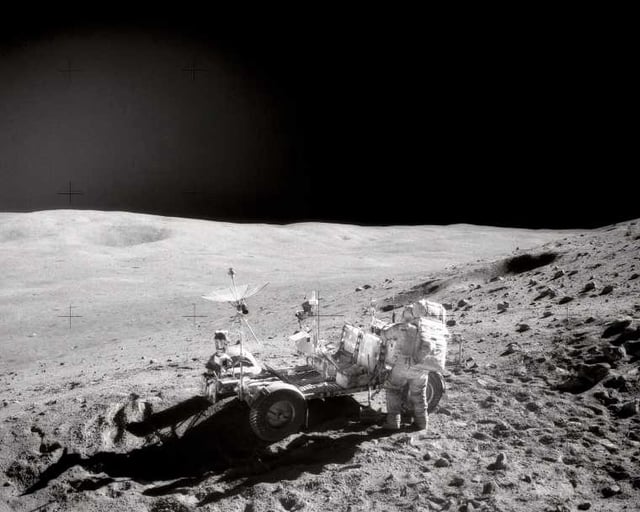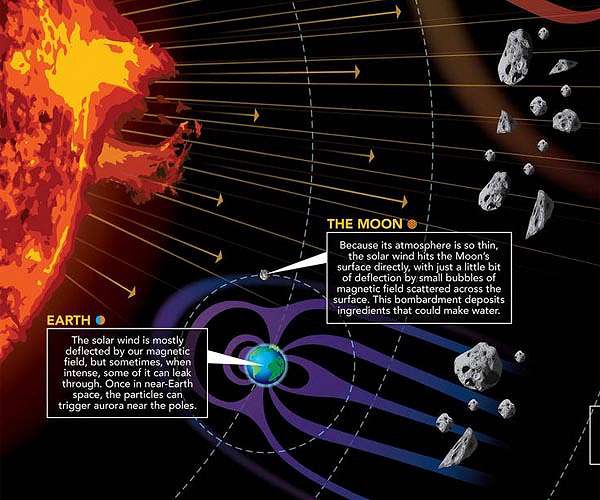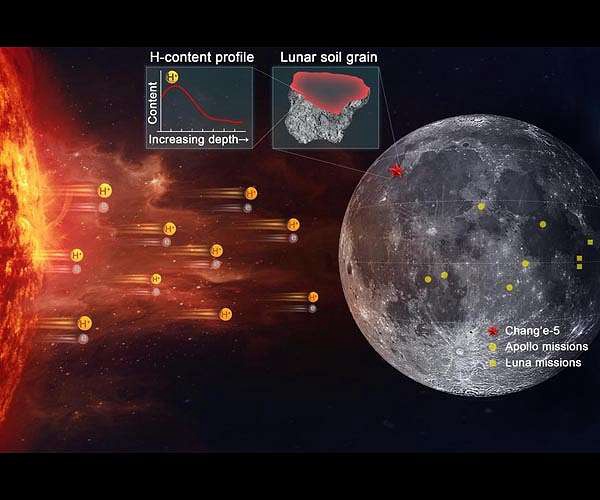Overview
- TU Wien researchers used authentic Apollo 16 regolith, a custom quartz crystal microbalance and 3D simulations on the Vienna Scientific Cluster to measure sputtering yields with real surface porosity.
- The porous, rough structure of lunar soil dissipates high-energy ions inside microscopic cavities, reducing solar wind-induced atom ejection rates by up to a factor of ten.
- Experimentally validated yields overturn prior smooth-surface models and bolster isotope analyses that identify micrometeorite impacts as the primary source of the Moon’s exosphere.
- Revised erosion rates are prompting recalibration of lunar surface and exosphere models essential for planning and data interpretation on NASA’s Artemis and ESA–JAXA’s BepiColombo missions.
- The study “Solar wind erosion of lunar regolith is suppressed by surface morphology and regolith properties” was published in Communications Earth & Environment.


